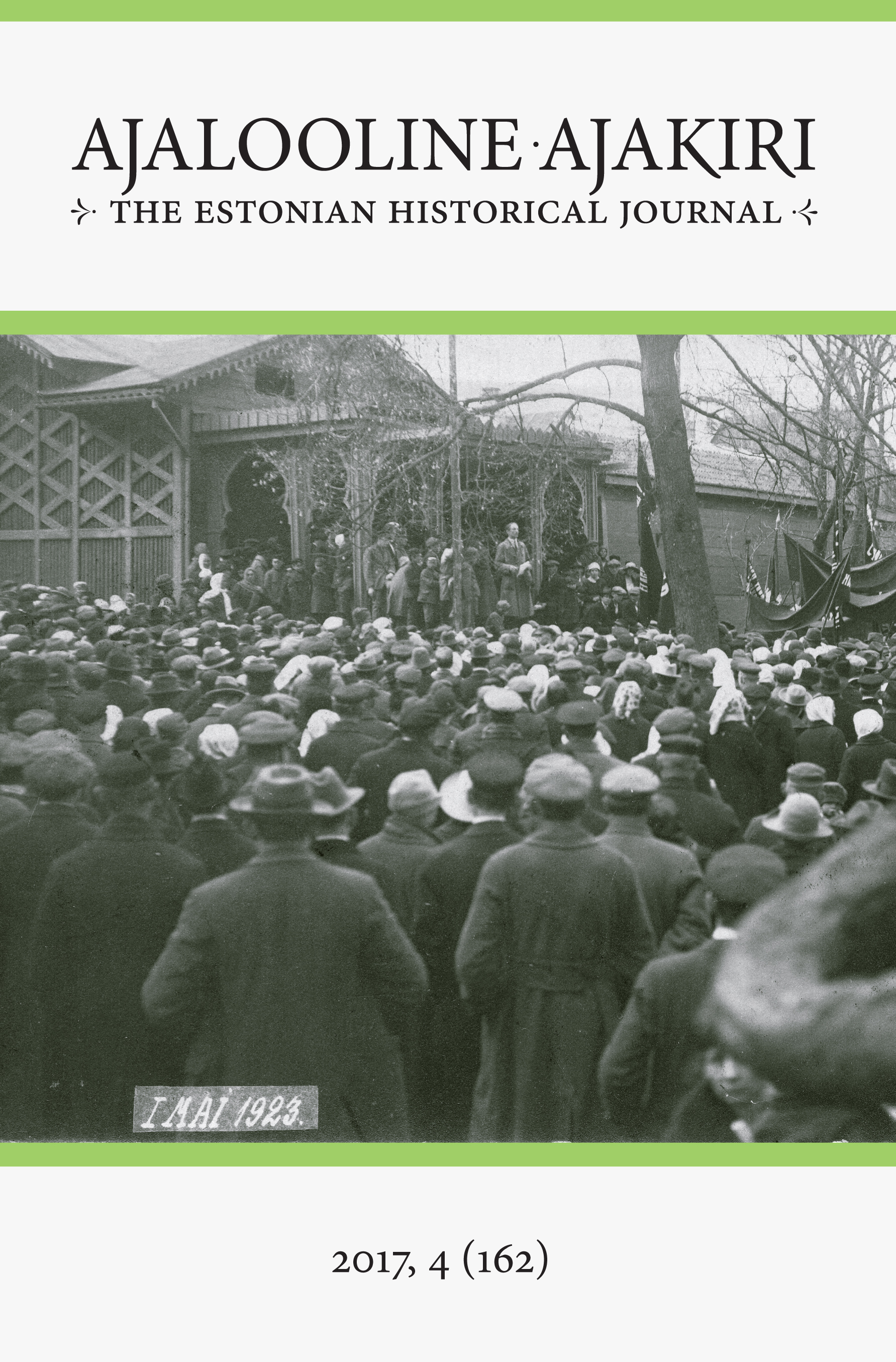Kuidas tekib pärand? Pärandiloome protsess kultuuri- ja looduspärandi näitel [Abstract: How is heritage generated? The heritage creation process as demonstrated by cultural and natural heritage]
DOI:
https://doi.org/10.12697/AA.2017.4.04Keywords:
heritage, heritagisation, cultural heritage, natural heritage, heritage processAbstract
One of the most important materials available to us for building the future is the past. The future not only draws on the past, it is literally built out of the past. All this directly affects heritage as well – heritage is a technique that has to be used as effectively as possible for solving the local and global problems of contemporary and future societies. In this article, I describe the theoretical background of the heritage creation process and present two analytical tools that help to cast light on heritage identification processes. The first analytical possibility is to consider heritage creation processes based on different levels of society. Individual and community levels will be considered, along with local governments and the state, and finally all of mankind as well. Secondly, I differentiate object-centred, value-centred and human-centred approaches in creating heritage according to which aspects of heritage are at the centre of the process. I use the process of creating natural and cultural heritage as examples primarily in the Estonian context. The management of nature conservation and cultural heritage are two very significant fields of activity where the world is discursively divided into certain definite parts and managed according to this division. The views of both courses of action concerning heritage are rather different due to different professional backgrounds. The basis for heritage management is the clear definition of the values of heritage. All objects and phenomena are not equally valuable and it is impossible to manage them all. The fact that people ascribe heritage values to both natural and cultural objects does not mean that heritage is an arbitrarily constructed phenomenon that we can treat however we like. Alongside values, the next important aspect in managing heritage that has to be taken into consideration is the materiality of heritage. Heritage of any description always exists in material form. This is obvious in the case of natural objects and material cultural heritage, but intellectual and spiritual cultural heritage also implies at least the existence of people. The materiality of heritage means that heritage is always associated with other material objects, forming actor networks, to use Bruno Latour’s terminology from his so-called actor-network theory. Just as living beings are engaged in ecological systems, maintaining their own self-existence even without mankind, so are buildings, for instance, similarly connected to both human and natural actors. The preservation of natural or cultural heritage will not succeed without the active enterprise of man. Thereat, the central idea is not solely the preservation of physical material or the gene pool from the past, but also the management of changes. Managing changes means that it is impossible for us to preserve objects, phenomena and nature in such a way that it would be isolated from the physical and social environment. Yet since the environment is constantly changing, the adaptation of heritage management to those changes is necessary. Taking changes into consideration requires recognition of the historicity of heritage, and this also applies to natural objects and environments.Downloads
Download data is not yet available.

